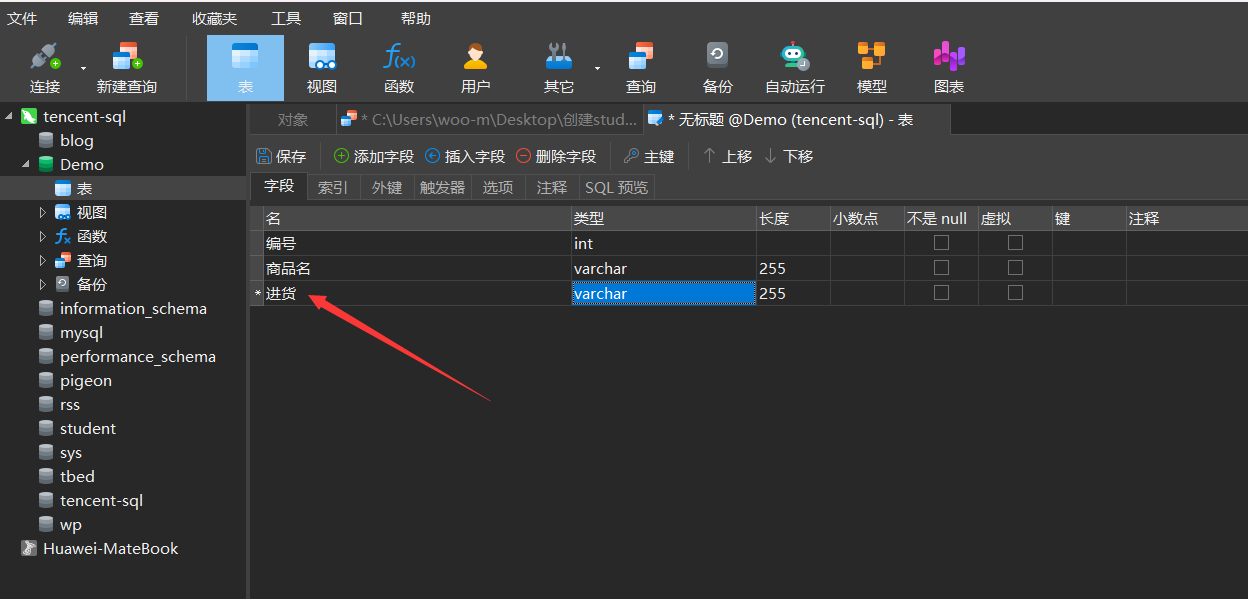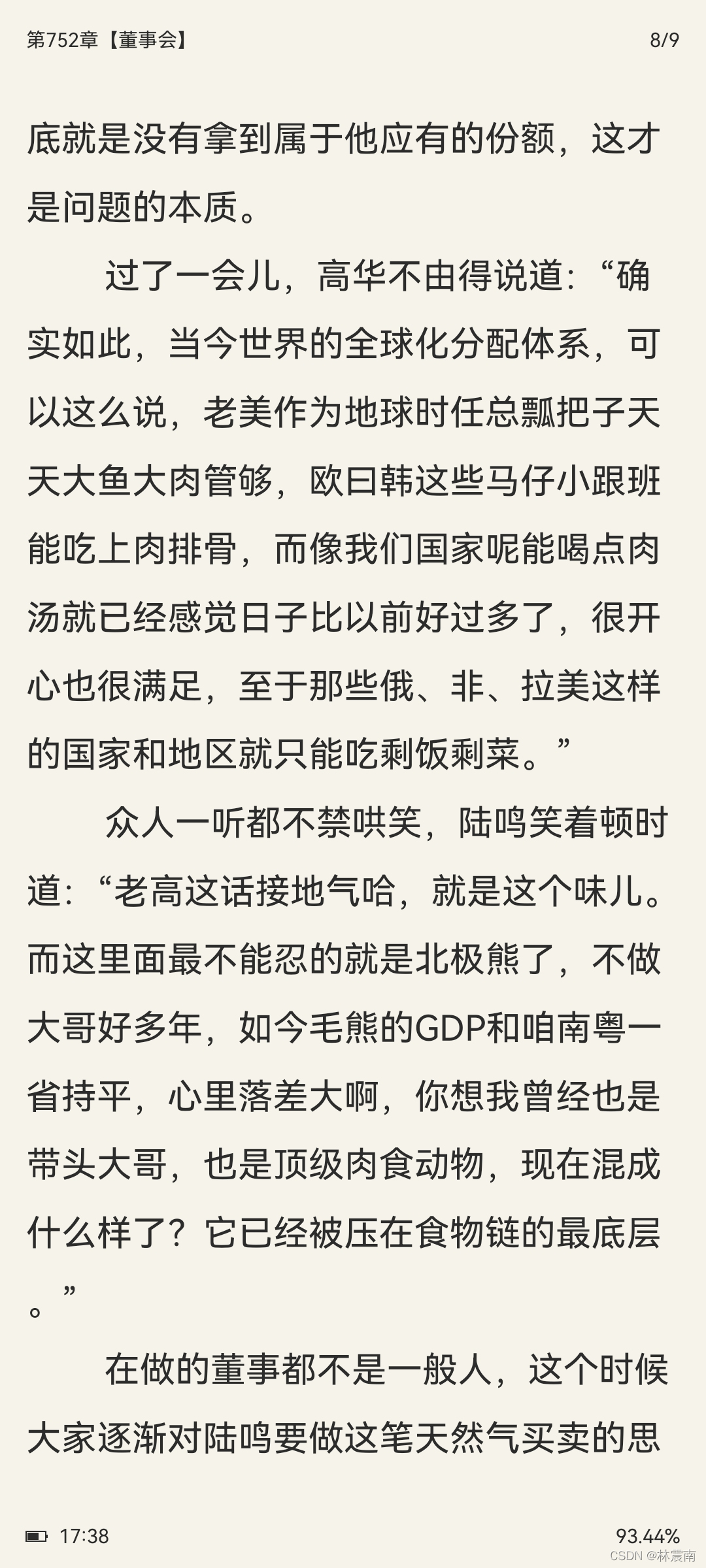当前位置:网站首页>Realrange, reduce, repeat and einops in einops package layers. Rearrange and reduce in torch. Processing methods of high-dimensional data
Realrange, reduce, repeat and einops in einops package layers. Rearrange and reduce in torch. Processing methods of high-dimensional data
2022-04-23 20:48:00 【NuerNuer】
from einops import rearrange, reduce, repeat
from einops.layers.torch import Rearrange, ReduceOne .rearrange and Rearrange, effect : It can also be seen from the function name that it rearranges the tensor scale ,
difference :
1.einops.layers.torch Medium Rearrange, It is used to analyze the tensor when building the network structure “ Implicit ” To deal with
for example :
class PatchEmbedding(nn.Module):
def __init__(self, in_channels: int = 3, patch_size: int = 16, emb_size: int = 768, img_size: int = 224):
self.patch_size = patch_size
super().__init__()
self.projection = nn.Sequential(
# using a conv layer instead of a linear one -> performance gains
nn.Conv2d(in_channels, emb_size, kernel_size=patch_size, stride=patch_size),
Rearrange('b e (h) (w) -> b (h w) e'),
) there Rearrange('b e (h) (w) -> b (h w) e'), It means that you will 4 The dimension tensor is converted to 3 dimension , And the original last two dimensions are merged into one dimension :(16,512,4,16)->(16,64,512)
In this way, as long as we know the initial tensor dimension, we can operate the annotation to rearrange its dimension .
2.eniops Medium rearrange, For tensor ‘ Show ’ To deal with , It's a function
for example :
rearrange(images, 'b h w c -> b (h w) c') take 4 The dimension tensor is converted to 3 dimension , alike , As long as we know the initial dimension , You can manipulate annotations to rearrange them
It is worth noting that : After the annotation here is given, it represents the current dimension , Can't change , for example :
image = torch.randn(1,2,3,2) # torch.Size([1,2,3,2])
out = rearrange(image, 'b c h w -> b (c h w)', c=2,h=3,w=2) # torch.Size([1,12])
# h,w Value change for
err1 = rearrange(image, 'b c h w -> b (c h w)', c=2,h=2,w=3) # Report errors
Two .repeat: the tensor Repeat a dimension in , To expand the number of dimensions
B = 16
cls_token = torch.randn(1, 1, emb_size)
cls_tokens = repeat(cls_token, '() n e -> b n e', b=B)# Dimension for 1 Available when () Instead of
take (1,1,emb_size) The tensor treatment of is (B,1,emb_size)
R = 16
a = torch.randn(2,3,4)
b = repeat(a, 'b n e -> (r b) n e', r = R)
#(2R, 3, 4)
c = repeat(a, 'b n e -> b (r n) e', r = R)
#(2, 3R, 4)
# Incorrect usage :
d = repeat(a, 'b n e -> c n e', c = 2R)
# take (2,3,4) The dimensional tensor is treated as (2R, 3, 4)......
The above is the expansion of the same latitude , Let's look at an extension of dimension upgrading :
R = 5
a = torch.randn(2, 3, 4)
d = repeat(a,'b n e-> b n c e ', c = R)# take (2,3,4) The dimensional tensor is treated as (2, 3, 5, 4)......
Here, we also only need to operate the dimension annotation to complete the corresponding tensor operation .
3、 ... and .Reduce and reduce:
x = torch.randn(100, 32, 64)
# perform max-reduction on the first axis:
y0 = reduce(x, 't b c -> b c', 'max') #(32, 64)
# Appoint h2,w2, Equivalent to the size of the specified pooled core
x = torch.randn(10, 512, 30, 40)
# 2d max-pooling with kernel size = 2 * 2
y1 = reduce(x, 'b c (h1 h2) (w1 w2) -> b c h1 w1', 'max', h2=2, w2=2)
#(10, 512, 15, 20)
# go back to the original height and width
y2 = rearrange(y1, 'b (c h2 w2) h1 w1 -> b c (h1 h2) (w1 w2)', h2=2, w2=2)
#(10, 128, 30, 40)
# Appoint h1,w1, Equivalent to the size of the tensor after specified pooling
# 2d max-pooling to 12 * 16 grid:
y3 = reduce(x, 'b c (h1 h2) (w1 w2) -> b c h1 w1', 'max', h1=12, w1=16)
#(10, 512, 12, 16)
# 2d average-pooling to 12 * 16 grid:
y4 = (reduce(x, 'b c (h1 h2) (w1 w2) -> b c h1 w1', 'mean', h1=12, w1=16)
#(10, 512, 12, 16)
# Global average pooling
y5 = reduce(x, 'b c h w -> b c', 'mean')
#(10, 512)Redece Empathy .
Be careful : Here we take tensor as an example ,einops Can also handle numpy The data under the
版权声明
本文为[NuerNuer]所创,转载请带上原文链接,感谢
https://yzsam.com/2022/04/202204210545522821.html
边栏推荐
- LeetCode 116. Populate the next right node pointer for each node
- C knowledge
- "Meta function" of tidb 6.0: what is placement rules in SQL?
- Valueerror: invalid literal for int() with base 10 conversion error related to data type
- Keywords static, extern + global and local variables
- 高薪程序员&面试题精讲系列91之Limit 20000加载很慢怎么解决?如何定位慢SQL?
- Win 11K in 100 days, super complete learning guide for job transfer test
- pikachuxss如何获取cookie靶场,返回首页总是失败
- Case of the third day of go language development fresh every day project - news release system II
- 浅谈数据库设计之三大范式
猜你喜欢

浅谈数据库设计之三大范式

Write table of MySQL Foundation (create table)

MySQL基础之写表(创建表)

Case of the third day of go language development fresh every day project - news release system II

Leetcode 994, rotten orange

Unity solves Z-fighting

Zhongchuang storage | how to choose a useful distributed storage cloud disk

JS arrow function user and processing method of converting arrow function into ordinary function

wait、waitpid

一些接地气的话儿
随机推荐
LeetCode 20、有效的括号
Deep analysis of C language pointer (Part I)
Linux中,MySQL的常用命令
An error occurs when the addressable assets system project is packaged. Runtimedata is null
Go限制深度遍历目录下文件
Unity animation creates sequence frame code and generates animationclip
Introduction to standardization, regularization and normalization
2021-09-02 unity project uses rider to build hot change project failure record of ilruntime
Cmake project under vs2019: calculating binocular parallax using elas method
What about laptop Caton? Teach you to reinstall the system with one click to "revive" the computer
How to do after winning the new debt? Is it safe to open an account online
matplotlib. Pyplot partition drawing
Awk print special characters
深入探究ASP.NET Core读取Request.Body的正确方式
Sequential state
Go limit depth traversal of files in directory
MySQL基础合集
bounding box iou
Use of node template engine
LeetCode 1351、统计有序矩阵中的负数